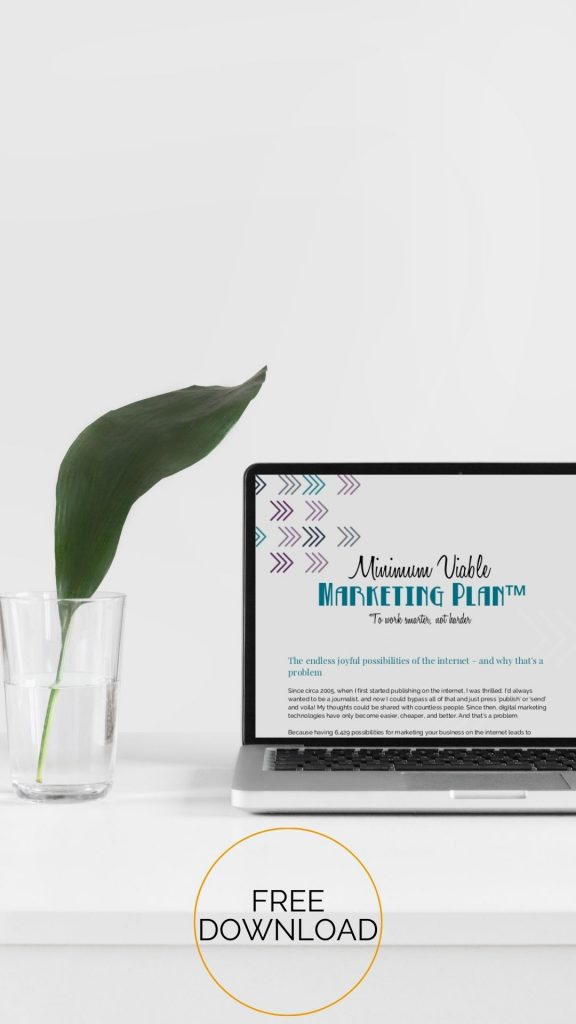Is it time you raised your prices? The cost of living keeps rising. You’ve got new expenses, such as PayPal fees, credit card facility fees and software subscriptions. Your competitors’ prices are rising too. So it’s time.
So how do you do it with class? Especially when you’d prefer to stab your eyes with a fork?
Give people warning
I learnt the hard way that most people don’t like surprises when I was working as a tour leader. Who knew?
Particularly if a surprise has a negative impact, such as a price rise, you want to give people warning that it’s coming up. Choose a date for your price rise and then let people know that it’s coming. You may like to remind them that they can buy at the old price until then. Most people will appreciate that.
Explain but don’t apologise
Inflation doesn’t need to be explained. Most prices rise over time. If you’ve got significant reasons for your price rise, explain them briefly. But don’t apologise. And don’t explain at such length and in such detail that it sounds like an apology.
You’re in business. You’re raising your prices. You don’t need to seek permission. You also don’t need to explain how you’ll spend the additional income. (Sound bizarre? I see this all the time among women marketers seeking to attract women business owners.)
Increase your value
I’m not a fan of discounting because the low, regular discount price becomes the anchor to which clients measure their perception of that business’s offerings. Your regular price should be your anchor, with your higher-priced and premium, exclusive-priced offerings extending from there.
Instead, to sweeten a price rise, think of how to add value. For a yoga studio, it might be to offer a gift of yoga props as an incentive for people to purchase a 6-month or 12-month membership pass. For a life coach, it might be an e-program or e-course bonus.
Don’t overdo your bonuses such that they erode the profitability of your price increases. Think about things that won’t cost you much to give away but are valued and appreciated by your clients.
Context is everything
What makes people pay twice the price for what is essentially the same thing? Why can I pay $250 for a special birthday meal at Nel. and think it’s great value and then feel that the $25 meal I had the other day was terrible?
It’s all about context.
Your context for your business offerings and pricing are your competitors and your market. If you’ve got competitors crowding the neighbourhood and they look very similar to how you look, or their marketing is far more professional than yours is, then it’s hard to raise your prices too much – it’s out of context. Similarly, if what you offer is obscure, new or revolutionary, your market is small because they’re mostly unaware of why they need you.
Now don’t get discouraged here.
The lazy business owner moans, “I can’t possibly charge that as everybody else is charging this” and does nothing. But the answer to both problems – of too many competitors and too obscure or unknown – is the same. Change your pricing by changing your context.
This might mean upgrading your branding and website. It may mean engaging a professional copy writer to better inspire, educate, explain, engage and convert.
It might mean reimagining what’s possible and being market-disrupting, upheaval-uprooting and awe-inspiring with your offerings. Or it might mean launching an ongoing campaign to educate people on your modality, your method, your approach and benefits.
Tell your story
If you want people to never haggle, to happily pay, to fill your wait list and to be the most talked-about business around, you need to tell your story. And not just your story as it relates to you. An effective business story, one that inspires and motivates, refers and brings repeat sales, that is shared and liked and tweeted and talked about, is a story which is not just about you – it’s the interplay between your business and your ideal clients.
Remember, your business solves problems. Your clients love you for how you help them feel, look, act, think or believe. You must always keep your audience at the heart of your business story and be anticipating how it’ll be received.
And it’s not one-way. As people respond on social media, your story evolves. It gets tweaked to adjust to the forum, the context, and the response. It must mature as your market matures. Your tribe will appreciate you because you treat them with respect, talk to them intelligently and aren’t afraid to voice an unpopular opinion. And they will pay your new prices because they trust you have their best interests at heart.
Finally …
Some people won’t like your new prices and they’ll leave. Let them go. They were never your ideal clients anyway. Oftentimes you can make far more money servicing fewer people at a higher price.
Time to raise your prices?





